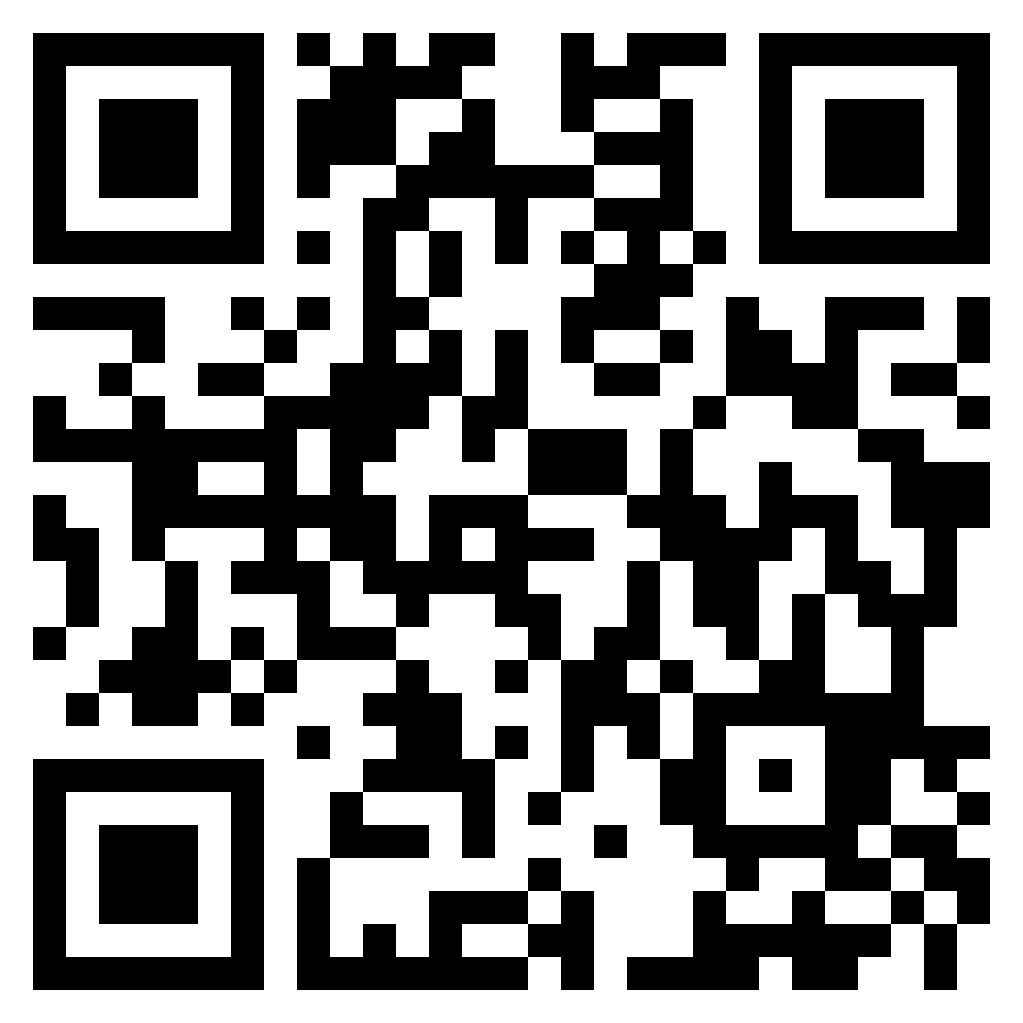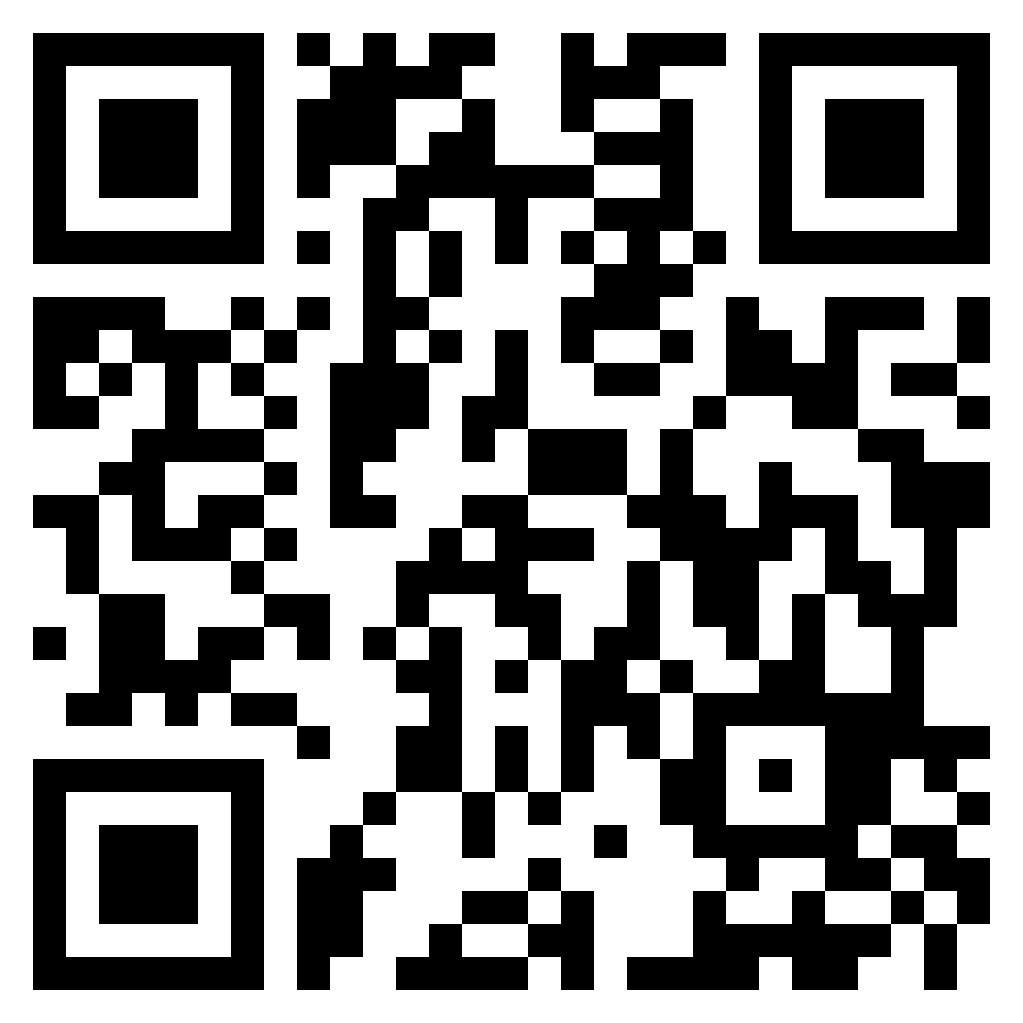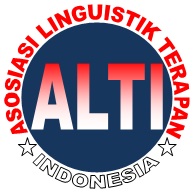Representation of Human in the Album "Manusia" by Tulus (Semiotic Analysis of Ferdinand De Saussure)
DOI:
https://doi.org/10.46961/mediasi.v5i2.838Keywords:
Semiotics, Representation, Ferdinand De Saussure’s Semiotics, Lyrics,Abstract
Human life's journey, an endless exploration, unfolds continuously throughout existence. Like a flowing melody, this journey encompasses stages that depict the dynamics of human existence. This study focuses on Tulus' album 'Manusia,' an artistic creation providing a profound portrayal of diverse human experiences. Employing Ferdinand De Saussure's semiotic approach, this research delves into the symbolic meanings embedded within song lyrics. The album transcends mere melodies and words, reflecting the intricacies of humanity, ranging from love and loss to hope. A descriptive qualitative method is utilized to unveil concealed meanings behind the words. The research results illuminate how the album represents human relationships with their environment. Its lyrics depict human interaction with the surrounding world, presenting concepts of existence and reflection. 'Manusia' becomes an artistic expression capable of unraveling the inner complexities of humanity, giving voice to emotions often challenging to articulate in ordinary words.
References
Cangara, H. (2018). Pengantar Ilmu Komunikasi Edisi Ketiga (Edisi Keti). Pt Rajagrafindo Persada. https://books.google.co.id/books?id=3W3ZzwEACAAJ
Fadli, M. R. (2021). Memahami desain metode penelitian kualitatif. Humanika, Kajian Ilmiah Mata Kuliah Umum, 21(1), 33–54. https://doi.org/10.21831/HUM.V21I1.38075
Goleman, D. (2018). Kecerdasan emosional. Gramedia Pustaka Utama.
Haryono, C. G. (2020). Ragam Metode Penelitian Kualitatif Komunikasi. CV Jejak (Jejak Publisher).
Indah Sari, Y., & Kartasasmita, S. (2017). Gambaran Learned Helplessness Wanita Tuna Susila yang Mengalami Kekerasan. Jurnal Muara Ilmu Sosial, Humaniora, Dan Seni, 1(2), 11–23. https://doi.org/10.24912/JMISHUMSEN.V1I2.984
Matt Jaarvis, S. P. A. T. D. S. W. (2021a). Psikologi Humanistik: Seri Teori Psikologi. Nusamedia.
Matt Jaarvis, S. P. A. T. D. S. W. (2021b). Psikologi Kognitif: Seri Teori Psikologi. Nusamedia.
Matt Jaarvis, S. P. A. T. D. S. W. (2021c). Psikologi Psikodinamika: Seri Teori Psikologi. Nusamedia.
Meriska Yosiana, & Ratna Wulandari. (2022). Majas Dan Citraan Dalam Lirik Lagu Tulus Pada Album Manusia. Jurnal Ilmiah Multidisiplin, 1(04), 24–32. https://doi.org/10.56127/jukim.v1i04.110
Pick, D., & Setiawan, D. (2021). Psikoanalisis; Sebuah Pengantar Singkat (M. Fakih, Ed.; Buku Elekt). Ircisod.
Rakhmat, J. (2018). Psikologi Komunikasi: Edisi Revisi (T. Surjaman, Ed.; Revisi). Smibiosa.
Ratunis, G. P. (2020). Representasi Makna Kesendirian Pada Lirik Lagu ‘Ruang Sendiri’ Karya Tulus. Jurnal Penelitian Humaniora, 25(2), 50–58. https://doi.org/10.21831/HUM.V25I2.37830
Semiun, Yustinus. (2021). Teori-teori Kepribadian Humanistis (U. Prastya, Ed.; Edisi elek). Kansius.
SitusTulus. (n.d.-a). Album Tulus Bawa Pulang Tujuh Piala AMI Awards Untuk Album Manusia | Republika Online. Retrieved 16 August 2023, from https://ameera.republika.co.id/berita/rjz0xg430/album-tulus-bawa-pulang-tujuh-piala-ami-awards-untuk-album-manusia
SitusTulus. (n.d.-b). Tulus Rilis Album Baru berjudul “Manusia”. Retrieved 16 August 2023, from https://www.situstulus.com/rilisan-pers-tulus-rilis-album-baru-berjudul-manusia/
Sobur, A. (2018). Semiotika Komunikasi. Remaja Rosdakarya.
Downloads
Published
How to Cite
Issue
Section
Citation Check
License
You are free to:
- Share — copy and redistribute the material in any medium or format
- Adapt — remix, transform, and build upon the material
- The licensor cannot revoke these freedoms as long as you follow the license terms.
Under the following terms: Attribution; NonCommercial; and no additional restrictions.















